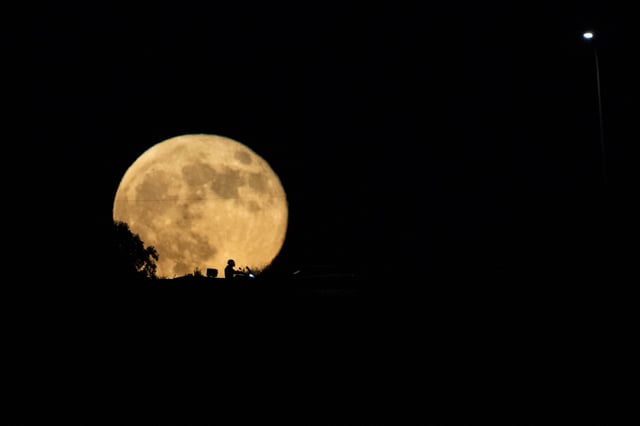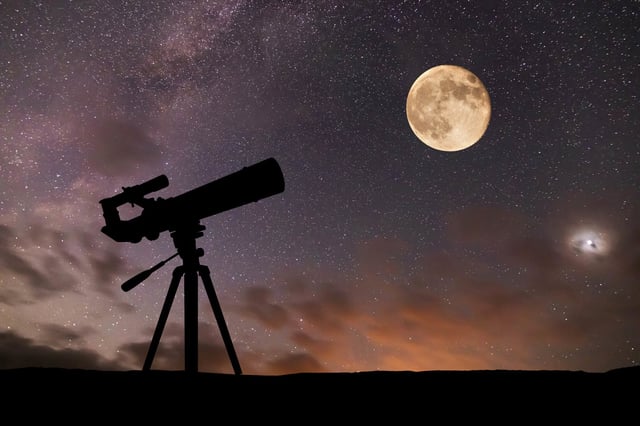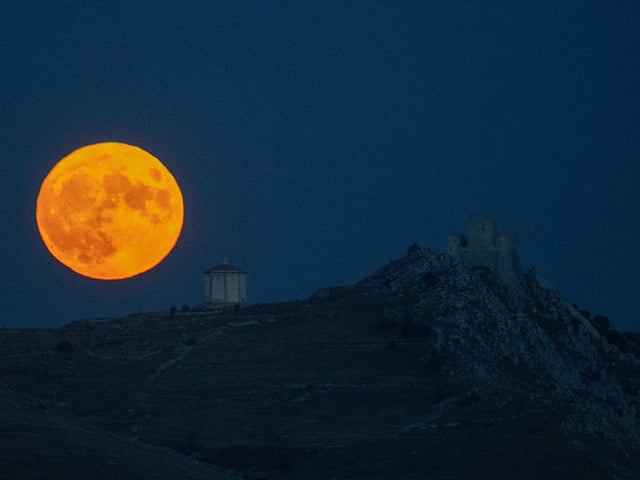Overview
- Peak fullness occurs at 11:47 p.m. EDT on Monday, Oct. 6, with the most dramatic views for many locations at Tuesday’s moonrise on the eastern horizon.
- The Moon will be about 224,599 miles (≈361,400 km) from Earth at perigee roughly 1.3 days after the full phase, making it appear up to about 14% larger and 30% brighter than average.
- The bright lunar glare is expected to reduce visibility of the Draconid meteor shower around its Oct. 8–9 peak.
- The spectacle is visible worldwide without equipment; for best results, find a dark site with a clear eastern horizon to catch the golden “moon illusion” at rise.
- Two more supermoons follow on Nov. 5 and Dec. 4, with November’s Beaver Moon reported to be the largest of the trio.



